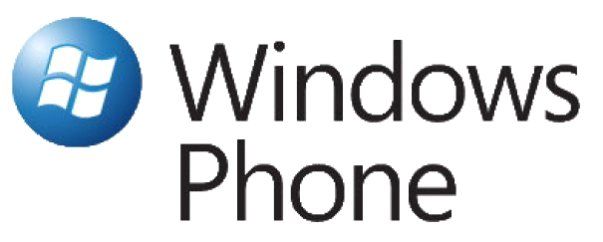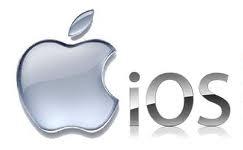 7.x / 8.1
7.x / 8.1| Laboratory (A0) - ANDROID - Introduction, Android Studio configuration |
Getting familiar
with Android platform and its Integrated Development Environment.
Archival materials for Eclipse IDE:
|
| Laboratory (A1.a) - ANDROID - Understand Activity Life Cycle. |
| Download, unpack and import example 03-1-LifeCycleDemo (Eclipse
project) from V.Matos archives, or try to create your own version of such Android application, signaling changes of internal state through notifying Toasts e.g. Toast.makeText(this, "onCreate", 1).show(); implemented for all following events: onCreate, onStart, onResume, onSaveInstanceState, onPause, onStop, onDestroy, onRestart. Hint: This
task could be simplified with the use of
Code
> Override Methods…
(shortcut: Ctrl+O)
option
from the Android Studio’s top menu.
(sort by percent of classes which override the method) Observe and note the sequence of messages displayed by the Toast-commands after:
and selecting your application icon. Supplementary reading: - Android Application's Life Cycle |
| Laboratory (A1.b) - ANDROID - Creating example Currency Converter app. |
|
| Laboratory (A2) - ANDROID - Experiments with UI design |
Create single screen/activity application demonstrating the
use of: Layouts, Widgets, and Menu components to compose the user
interface:
|
| Laboratory (A3) - ANDROID - Intents and multi-screen apps |
| Create a multi-activity application demonstrating the
use of Android's
Intents to start another activity or build-in Intent handlers (platform provided applications) like: Contacts, Phone Dialer, Web Browser, Google Map, etc:
At least one of them must return back some results to the launching code. Supplementary readings: - Android Intents - Tutorial (by Lars Vogel) - Retrieving Details for a Contact |
| Laboratory (A4) - ANDROID - Telephony API |
Create "TelephonyDemo" application which provides options
for:
- Chapter 7. Telephony API - example chapter from book "Android in Action" - Requesting Permissions at Run Time - how to solve the permission denied error (in API / targetSdkVersion of 23 or higher) |

| Laboratory (A_Project) - ANDROID - advanced application |
|

| Laboratory ( i1 )
- iOS/Swift - Intro, development environment, startup
application |
Getting familiar
with Apple iOS9 mobile platform and XCode7 IDE:
- Lecture 1 - Logistics, iOS 8 Overview - video on YouTube, - Lecture 2 - More Xcode and Swift, MVC - based on materials from the Stanford University CS193P course "Developing iOS 8 Apps with Swift" - On line Swift 2.2 documentation or "Swift 2.1 programming language" PDF handbook. - Techotopia - iOS 9 App Development Essentials (with Swift), Archival resources - PDF presentation: Walkthrough iOS 5 |
| Laboratory ( i2 ) - iOS - ViewController life cycle, Segues in Storyboard |
|
| Laboratory ( i3 )
- TableViewController, Master-Detail
programming pattern |
|
 7.x / 8.1 7.x / 8.1 |
| Laboratory (W1) -
Windows Phone/Mobile - Introduction, IDE, startup application |
Getting familiar
with Microsoft Windows Phone 8.1 platform, XAML and VisualStudio
IDE:
|
| Laboratory (W2)
Adaptive User Intarface, Pages and Navigation |
|
| Laboratory (W3)
Application distribution through Windows App Store |
|